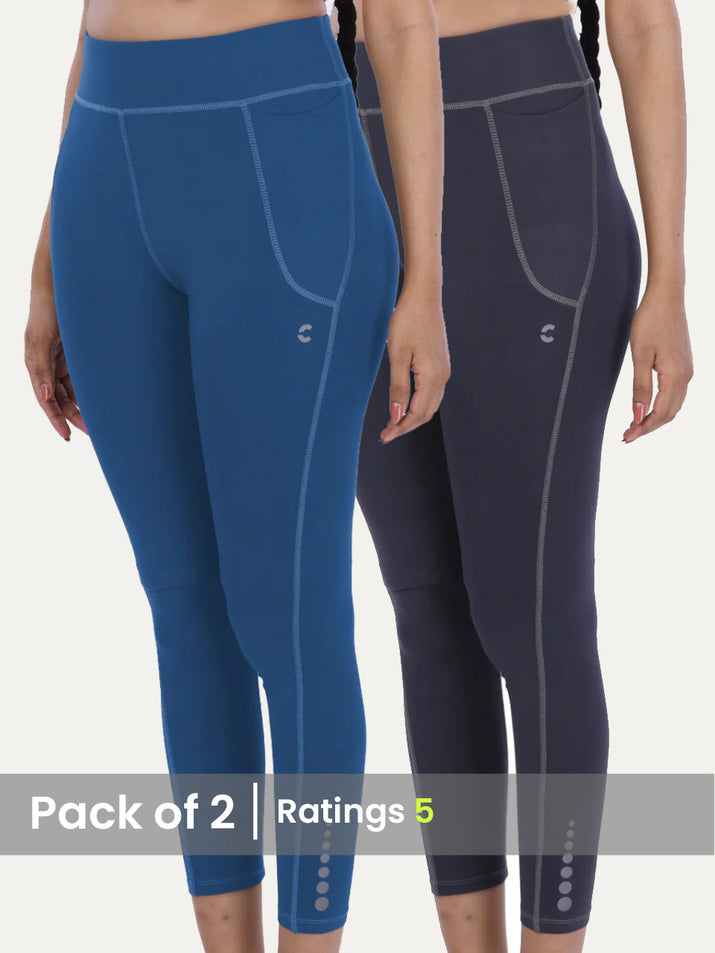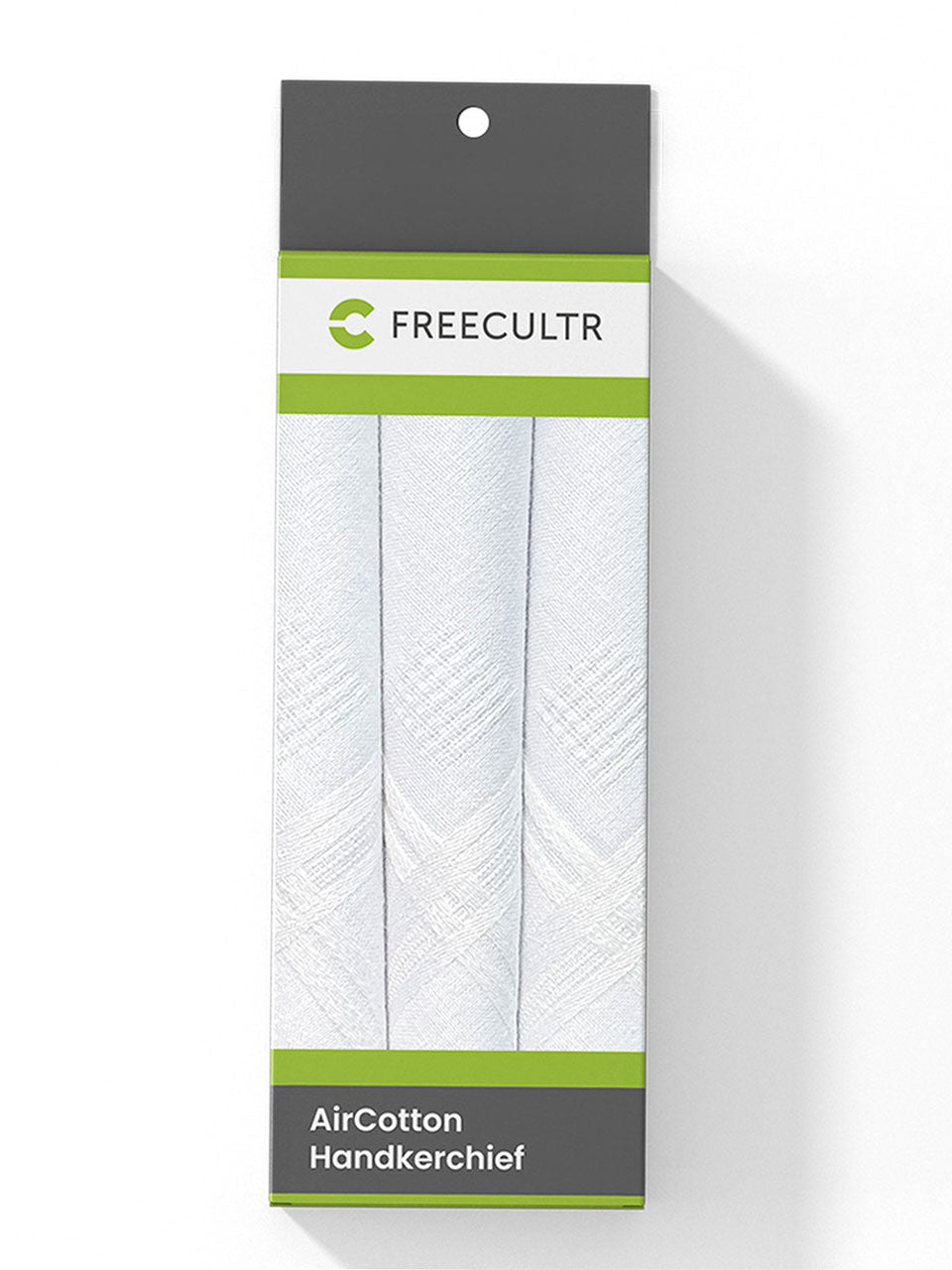Tired of that nagging irritation that can derail your workout or ruin your day? You're not alone. Recent advancements in fabric technology and garment construction are revolutionizing underwear, directly addressing the age-old problem of chafing. From seamless bonding techniques borrowed from the athletic apparel industry, now adapted for everyday wear, to the strategic placement of flatlock seams, the focus is on minimizing friction. Even the rise of 3D knitting allows for contoured designs that hug the body without digging in. We'll explore how these innovations, coupled with advancements in moisture-wicking materials like sustainably sourced Tencel Modal, are delivering a new standard of all-day comfort and performance.

The Science Behind No-Chafe Seams
Chafing, that persistent and uncomfortable skin irritation, is a common enemy, especially for those with active lifestyles or sensitive skin. It occurs when skin rubs against skin, fabric, or other materials, leading to friction, heat. Ultimately, irritation. The seams in clothing, particularly in areas like the inner thighs, groin. Underarms, are often the primary culprits. No-chafe seams aim to eliminate or minimize this friction by employing various design and construction techniques. This is a crucial aspect of Fashion & Comfort, ensuring that clothing feels as good as it looks.
Types of Seam Construction for Reduced Friction
Several seam construction methods are utilized to create no-chafe seams. Each offers different levels of friction reduction and has its own advantages and disadvantages:
- Flatlock Seams: This is perhaps the most common type of no-chafe seam. Flatlock seams are created by overlapping two pieces of fabric and stitching them together in a way that creates a flat, even surface. This eliminates the raised ridge that is characteristic of traditional seams, minimizing friction against the skin.
- Bonded Seams: Bonded seams, also known as seamless construction, involve using adhesives to join fabric pieces together instead of stitching. This creates an incredibly smooth surface with virtually no seam allowance. Bonded seams are often found in high-performance athletic wear and intimate apparel.
- Overlock Seams with Soft Thread: While not inherently no-chafe, overlock seams (where the fabric edges are wrapped with thread to prevent fraying) can be made more comfortable by using extremely soft and fine thread. This reduces the likelihood of the thread irritating the skin.
- Strategic Seam Placement: Even with traditional seams, strategically placing them away from high-friction areas can significantly reduce chafing. For example, moving the side seam of a shirt slightly forward or backward can prevent it from rubbing against the underarm.
Materials Matter: Fabric Choices for Enhanced Comfort
The choice of fabric plays a critical role in the overall comfort and chafe-resistance of clothing. Certain materials are inherently more friction-resistant and better at wicking away moisture, which further reduces the risk of chafing.
- Synthetic Fabrics: Materials like polyester, nylon. Spandex are commonly used in activewear due to their moisture-wicking and quick-drying properties. These fabrics help to keep the skin dry, reducing friction and preventing chafing. Microfiber versions of these fabrics are even softer and more comfortable.
- Natural Fabrics: While not as inherently moisture-wicking as synthetics, some natural fabrics like merino wool and silk can be surprisingly effective at reducing chafing. Merino wool is naturally breathable and has excellent moisture-wicking properties, while silk is incredibly smooth and gentle against the skin.
- Blended Fabrics: A combination of natural and synthetic fibers can offer the best of both worlds. For example, a blend of cotton and polyester can provide the comfort of cotton with the moisture-wicking properties of polyester.
Understanding Moisture Management and its Role in Chafing Prevention
Moisture is a major contributor to chafing. When sweat or other moisture accumulates on the skin, it increases friction and makes the skin more vulnerable to irritation. Effective moisture management is therefore essential for preventing chafing.
- Wicking Fabrics: Wicking fabrics are designed to draw moisture away from the skin and transport it to the outer surface of the fabric, where it can evaporate more easily. This helps to keep the skin dry and reduce friction.
- Breathable Fabrics: Breathable fabrics allow air to circulate freely, which helps to evaporate moisture and keep the skin cool. This is particularly vital in hot and humid conditions.
- Antimicrobial Properties: Some fabrics are treated with antimicrobial agents to prevent the growth of bacteria and fungi, which can contribute to body odor and skin irritation.
Real-World Applications: From Athletic Wear to Everyday Comfort
The benefits of no-chafe seams and enhanced comfort extend far beyond athletic wear. They are increasingly being incorporated into everyday clothing to improve comfort and prevent skin irritation. Here are some examples:
- Athletic Apparel: This is where no-chafe seams are most commonly found. Running shorts, cycling jerseys, compression tights. Sports bras all benefit from this technology.
- Underwear: Underwear with no-chafe seams can provide all-day comfort and prevent irritation in sensitive areas.
- Shapewear: Shapewear garments often have seams that can dig into the skin. No-chafe seams can make these garments much more comfortable to wear for extended periods.
- Medical Apparel: Patients recovering from surgery or with sensitive skin conditions often benefit from clothing with no-chafe seams.
- Workwear: Professions that require a lot of physical activity, such as construction or landscaping, can benefit from workwear designed with no-chafe seams.
Comparing Seam Types: A Table for Clarity
| Seam Type | Description | Advantages | Disadvantages | Best Use Cases |
|---|---|---|---|---|
| Flatlock Seams | Overlapping fabric and stitching to create a flat surface. | Very flat and comfortable, durable. | Can be more expensive to produce. | Athletic wear, base layers. |
| Bonded Seams | Using adhesives to join fabric pieces. | Extremely smooth, virtually no seam allowance. | Can be less durable than stitched seams, potentially less breathable. | High-performance athletic wear, intimate apparel. |
| Overlock Seams with Soft Thread | Wrapping fabric edges with soft thread. | Affordable, prevents fraying. | Not inherently no-chafe, requires very soft thread. | General clothing construction. |
| Strategic Seam Placement | Positioning seams away from high-friction areas. | Simple and cost-effective. | May not be sufficient for all situations. | Any type of clothing. |
The Future of No-Chafe Technology
The technology behind no-chafe seams and enhanced comfort is constantly evolving. Advancements in fabric technology, seam construction methods. Garment design are leading to even more comfortable and friction-resistant clothing. Expect to see continued innovation in this area, with new materials and techniques emerging to further minimize chafing and improve overall comfort. This commitment to Fashion & Comfort ensures that clothing not only looks stylish but also feels incredible to wear.
Conclusion
So, there you have it – the key to unlocking all-day comfort starts with what you wear underneath. Investing in briefs with no-chafe seams and enhanced comfort isn't just about avoiding discomfort; it's about investing in your overall well-being. Personally, I've found that switching to seamless briefs has made a world of difference, especially during workouts. Remember, comfort is a trend that never goes out of style. Don't underestimate the power of quality underwear. As you navigate your day, feeling confident and comfortable, know that you've made a choice that supports you, literally! Now go conquer your day, one comfortable step at a time. You deserve it! Learn more about underwear materialsMore Articles
Brief – Classic Fit & Maximum SupportBriefs – Breathable Design & Secure Fit
Men's Trunks – Quick-Drying & Enhanced Mobility
Boxers for Women – Relaxed Fit & Breathable Fabric
FAQs
So, 'no-chafe seams' – what's the big deal? Why should I care?
Okay, picture this: you're working out, running errands, just living your life. Suddenly... Ouch! That's chafing, my friend. It's the worst. No-chafe seams are designed to be smooth and less irritating against your skin. They minimize friction, preventing that uncomfortable rubbing that leads to redness, irritation. General misery. , it means more comfort and less 'ow!'
What exactly makes a seam 'no-chafe'?
Great question! It usually comes down to the construction. We're talking things like flatlock seams (where the fabric edges lie flat), or using softer, smoother thread. Sometimes it's about strategically placing seams away from high-friction areas. The goal is always to create a seamless-feeling, less abrasive surface against your skin.
Enhanced comfort? Is that just marketing fluff, or does it actually make a difference?
Honestly, it's more than just buzzwords. 'Enhanced comfort' often means paying attention to all the details. We're talking about the fabric itself (think breathable, moisture-wicking materials), the fit (not too tight, not too loose). Of course, those chafe-free seams. When all those elements work together, you really do feel the difference. It's about all-day wearability without the distractions.
Will these things prevent all chafing? I'm pretty prone to it.
While 'no-chafe seams' and 'enhanced comfort' features drastically reduce the risk of chafing, I can't promise a 100% guarantee. Everyone's skin is different. Activities vary. If you're really prone to chafing, consider pairing them with anti-chafing balms or creams for extra protection, especially during intense workouts or long days.
Are these features just for athletic wear, or can I find them in everyday stuff too?
Thankfully, the comfort revolution is happening everywhere! While you'll definitely find these features in workout gear, they're increasingly common in underwear, t-shirts, even some dress pants and skirts. Look for those keywords in the product description or details.
How do I wash clothes with no-chafe seams to keep them in good shape?
Generally, you'll want to follow the care instructions on the garment label. But, a good rule of thumb is to wash them inside out on a gentle cycle with similar fabrics. Avoid harsh detergents or bleach. Air drying is often best to prevent damage to the fabric and seams. Treat them kindly. They'll treat you kindly back!
What if I still get chafing even with these features?
Okay, a few things to consider. First, is the garment the right size? Too tight can cause friction, too loose can rub too. Second, are you wearing the right fabric for the activity? Cotton can hold moisture and increase chafing. Moisture-wicking synthetics or merino wool might be better. Finally, as mentioned before, don't hesitate to use anti-chafing products. Sometimes a little extra help is all you need!






